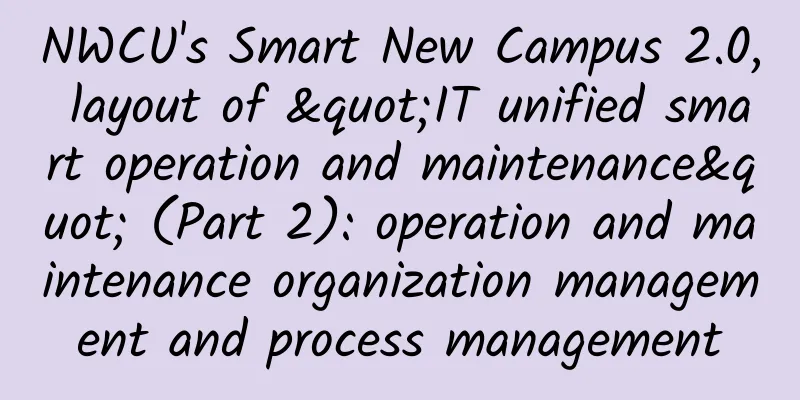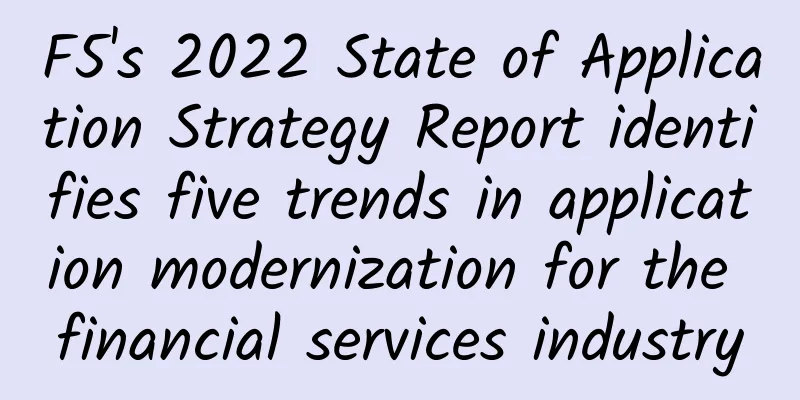Ethernet Adapter Market to See Record Revenue Growth in 2022

|
According to a recent report released by DellOro Group, although the Ethernet adapter market grew 40% in 2022, the market is expected to slow down in 2023.
The DellOro Group Ethernet Adapter and SmartNIC Quarterly Report provides complete market coverage covering manufacturer revenues; average selling price; and unit and port shipments of Ethernet controllers and adapters by speed (1 Gbps, 10 Gbps, 25 Gbps, 40 Gbps, 50 Gbps, 100 Gbps and 200 Gbps). The report also covers SmartNIC controllers and adapters. |
<<: TLS, SSL, CA certificate, public key, private key...let’s take a look at them today!
>>: Let ChatGPT tell you how to build a lossless network that supports ChatGPT computing power
Recommend
edgeNAT VPS/dedicated servers are 20% off for monthly payment and 30% off for annual payment. Hong Kong VPS bandwidth upgrade price remains unchanged
edgeNAT is a Chinese host provider established in...
The truth about 5G speed, is your 5G package worth it?
[[326825]] We'll cover the different 5G speed...
EtherNetservers: $12/year-1GB/30GB/2TB/2IP/Los Angeles data center
There are not many merchants who still sell OpenV...
ERP, CRM, SRM, PLM, HRM, OA...what do they all mean?
When working in a company, you often hear some st...
5G is here, and so is mainstream adoption for industrial IoT startups
Making machines communicate with humans is the be...
How many hosts can 100 IPs serve?
I have calculated this once in an old article, bu...
Huawei and its medical industry partners promote 5G smart medical integration cooperation
In order to further respond to the national new i...
Energy-saving building 5G solutions are the key to green buildings
Building equipment suppliers are prioritizing gre...
AkkoCloud: US/UK/Germany CN2 GIA line VPS quarterly payment starting from 99 yuan, 500M large bandwidth
AkkoCloud is a Chinese hosting company founded in...
Message bus for communication between processes
[[381755]] 1. Inter-process communication (IPC) in...
Yan Lida, President of Huawei Enterprise BG: Achieving Dreams and Creating Infinite Possibilities
On September 7, the third day of the All-Connect ...
[Black Friday] 10% off on all VPS at BandwagonHost, US/Hong Kong CN2 GIA lines available, starting from $44.99 per year
Bandwagonhost has also released a discount code f...
With spending of the three major operators declining, has China's 5G construction slowed down?
In 2020, China's 5G network construction deve...
Application and standardization status of IPv6 technology in ubiquitous network perception extension layer
1. Basic concepts of ubiquitous network Ubiquitou...
Ten basic skills for Linux operation and maintenance engineers
I am a Linux operation and maintenance engineer a...









